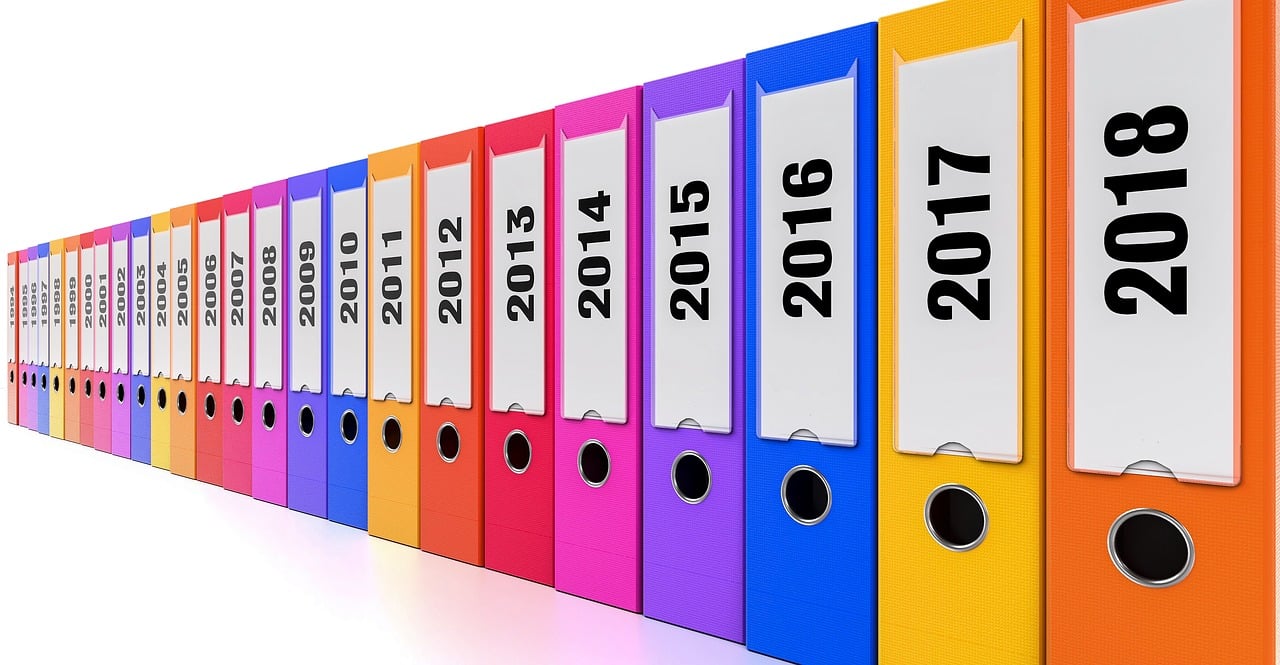Table partitioning
Database Design

Lis Sulmont
Curriculum Manager
Why partition?
Tables grow (100s Gb / Tb)
Problem: queries/updates become slower
Because: e.g., indices don't fit memory
Solution: split table into smaller parts (= partitioning)

Data modeling refresher
1. Conceptual data model
2. Logical data model
For partitioning, logical data model is the same
3. Physical data model
Partitioning is part of physical data model
Vertical partitioning
Split table even when fully normalized
Vertical partitioning: an example
E.g., store long_description on slower medium
Horizontal partitioning
Horizontal partitioning: an example

Horizontal partitioning: an example

CREATE TABLE sales ( ... timestamp DATE NOT NULL ) PARTITION BY RANGE (timestamp);CREATE TABLE sales_2019_q1 PARTITION OF sales FOR VALUES FROM ('2019-01-01') TO ('2019-03-31'); ... CREATE TABLE sales_2019_q4 PARTITION OF sales FOR VALUES FROM ('2019-10-01') TO ('2020-01-31');CREATE INDEX ON sales ('timestamp');
Pros/cons of horizontal partitioning
Pros
- Indices of heavily-used partitions fit in memory
- Move to specific medium: slower vs. faster
- Used for both OLAP and OLTP
Cons
- Partitioning existing table can be a hassle
- Some constraints can not be set
Relation to sharding
Let's practice!
Database Design





